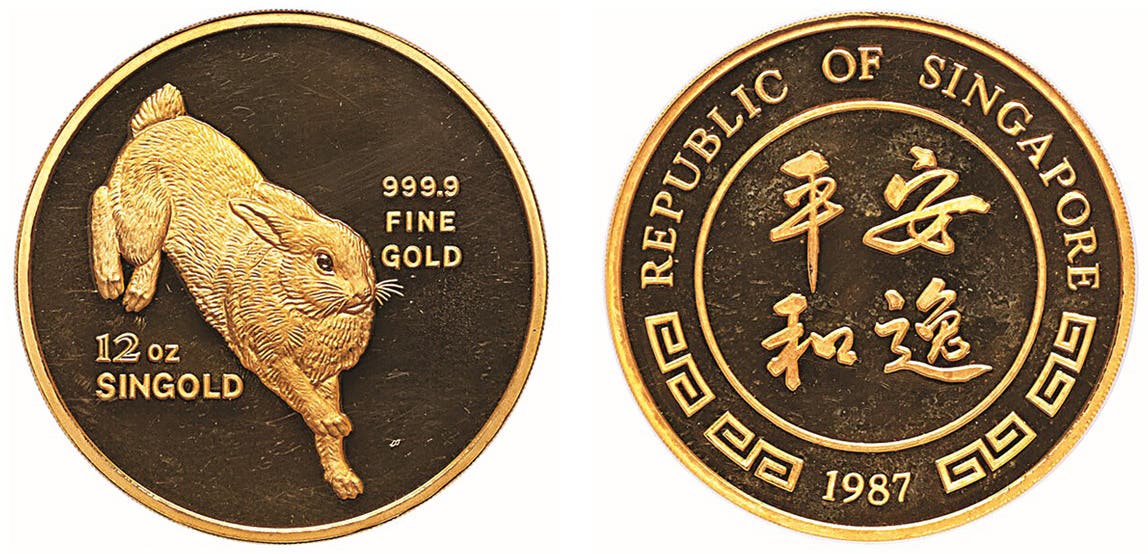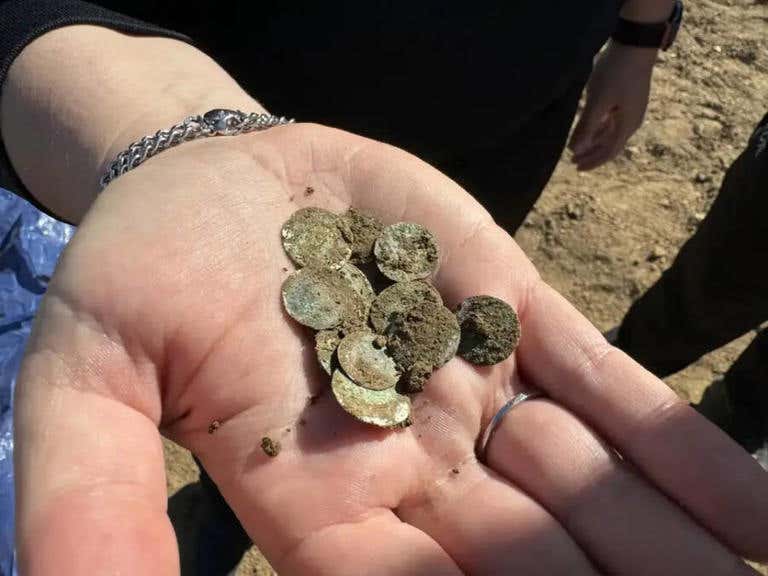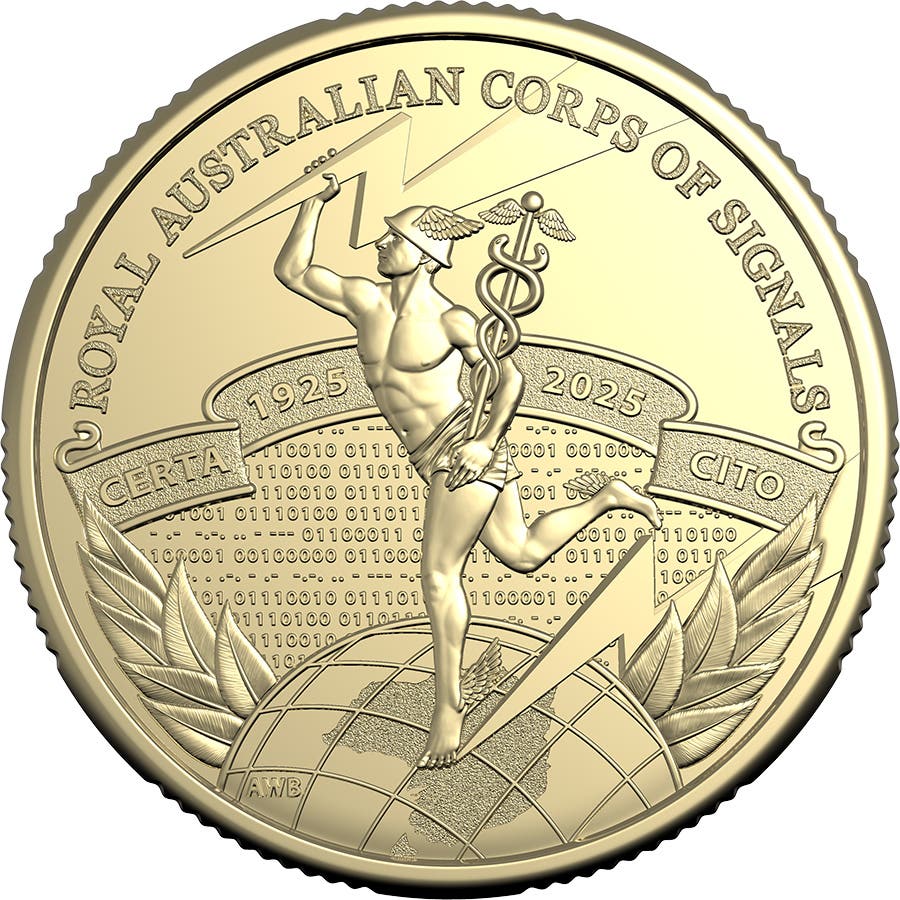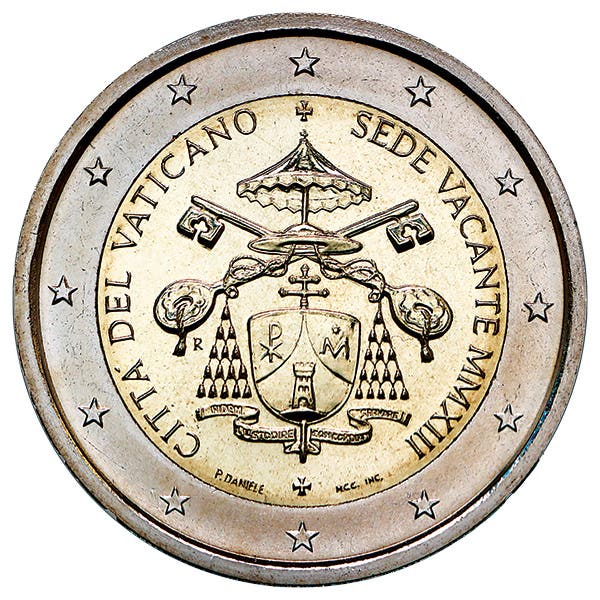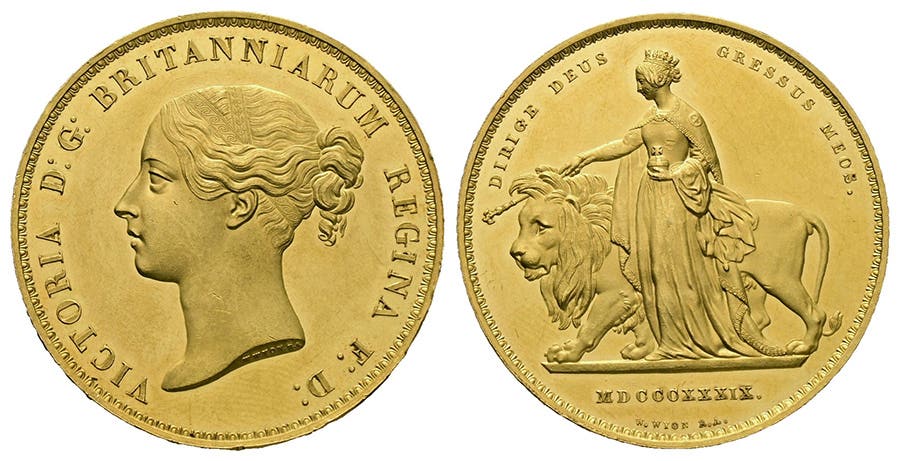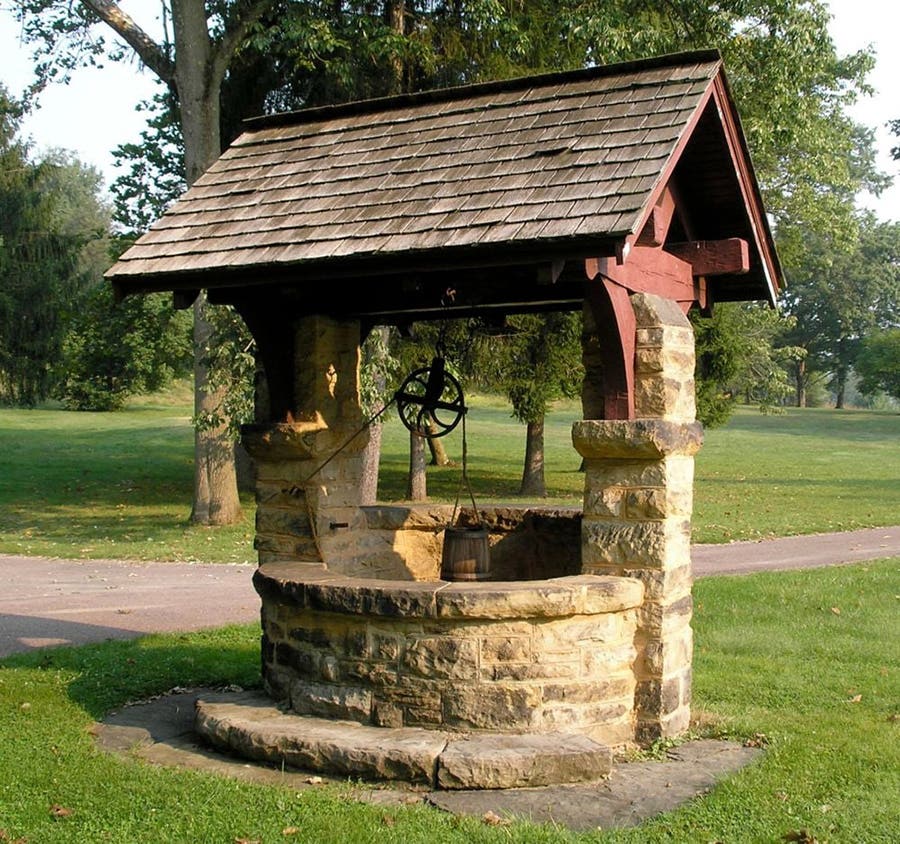Gold Coin Uses Evolve
From the decline of gold coinage in the 1930s to the persistence of specie money concepts today, the allure of gold and silver remains steadfast in an evolving economic landscape.
Gold composition coinage faded from circulation during the 1930s, followed by silver coins in the 1960s. As the world switched from a coin to a fiat money economy, the idea of some form of specie money continuing to circulate has never been totally abandoned.
There are good reasons for resistance to completely dropping gold and silver coins from circulation. Remember former United States Federal Reserve Chairman Alan Greenspan’s famous comment, “If, in the words of British economist John Maynard Keynes, gold was a ‘barbarous relic,’ central bankers around the world would not have so much of an asset whose rate of return, including storage costs, is negative.”
Central banks possess a lot of gold. Still, the public has long abandoned precious metal coinage as their trust shifted to their domestic economies and governments without tangible backing for money in circulation. Keynesian economics looks to the quantity rather than the quality of money. Political decisions are less likely to influence the amount of specie in circulation than they do fiat money. Since the quantity of fiat money in circulation is dictated by the speed of the government’s printing press, this can and often has led to inflation.
Mexico attempted to challenge our addiction to fiat currency when that nation issued from 1993 to 1995 a 50 nuevos peso coin made from a .925 fine silver plug with brass ring. These coins contained 15.552 grams or a half-troy ounce of silver and were meant to circulate. Unfortunately, the average price of an ounce of silver rose from $4.31 to $5.20 during that time, dooming the coins to be hoarded and melted.
Since then, there have been other attempts to resurrect precious metal content coins, but not necessarily to circulate daily. One of the latest attempts involves a dentist in Gaza who began privately minting 21-carat (.875 fine) gold coins weighing between a half to 10 grams, licensed and stamped by the Ministry of Economy in Gaza. Despite this licensing, the then-head of that ministry, Osama Nofal, announced the coins were not legal tender. Tell that to the people who are still using them.
The effort to use gold as a circulating medium continues. In 2023, Zimbabwe released a gold-backed digital currency meant to be a store of value. A central bank statement announced, “Holders of physical gold coins, at their discretion, will be able to exchange or convert, through the banking system… into gold-backed digital tokens.”
Individuals and corporate entities were encouraged to use Zimbabwe’s digital currency, which can be purchased in Zimbabwean dollars or a foreign currency.
The Central Bank of Iran continues to issue 22-karat or .916 fine gold 8.13598-gram weight coins that, as of October 22, 2024, were selling for about 30% more than their intrinsic value on world markets. Iran’s official inflation rate is currently 35%, lower than the 42% annual inflation rate for the past six years.
According to EuroNews.com, “The continuous depreciation of the Iranian rial against the U.S. dollar has caused the price of gold coins in Iran to rocket. Over the past year, the price of gold coin in rial has nearly doubled.”
Iranians have good reason to hold and possibly spend gold coins. The government has declared the possession of more than 10,000 euros (about $10,800) to be smuggling. Due to the shortage of foreign currency in the Iranian free market due to government-imposed legal restrictions, the demand for gold coins has increased.
Next comes Ghana, the world’s sixth-largest gold mining producer, in 2023, according to GlobalData.com. In late September, Ghana announced it was introducing a new gold coin to help it manage money market liquidity while boosting domestic savings.
According to Governor of the Bank of Ghana Ernest Addison, “The Ghana gold coin enables the Bank of Ghana to mop up excess liquidity in the banking sector and will supplement the bank’s bills for liquidity management. It gives those residents in Ghana an additional avenue to invest to reap the benefits of the Bank of Ghana’s domestic gold purchase program.”
The .9999 fine gold “Ghana Gold Coin” (GCC) is available in one, half, and quarter-ounce denominations. All gold is sourced domestically, which the central bank said allows investors to buy based on their capacity.
The coins are available at all commercial banks in Ghana. Pricing is linked to the daily price of gold based on the London Bullion Market Association standards. The gold used in the coins also complies with the central bank’s responsible gold-sourcing rules.
Unlike circulating specie coinage of the past, the goal of the new GCC is to reduce reliance on foreign currency for investment purposes. The central bank hopes to encourage Ghanaians to invest in locally sourced gold, easing pressure on Ghana’s domestic cedi-denominated currency.
The Bank of Ghana has purchased 65.4 tons of gold since it initiated its gold purchase program in June 2021. This supports Ghana’s foreign reserves while contributing to its “gold for oil” program.
On November 15, 2024, the National Bank of Kazakhstan (NBK) announced plans for a Digital Investment Coin program to begin in 2025. The .9999 fine gold, 31.1 gram 100-tenge coins will be available using the Tabys mobile application of the Astana International Exchange. The digital value of the coins will be calculated in tenge based on gold’s weight and price set by the London Bullion Market Association and the U.S. dollar-to-tenge exchange rate set by the Kazakhstan central bank. The physical coins will be sold online.
NBK Chairman Timur Suleimenov remarked, “This shows that we are actively using the entire infrastructure of our country, both the KASE (Kazakhstan Stock Exchange), our primary exchange, and the AIX, which is also a key focus for developing new instruments.”
There are numerous purely bullion coin programs around the world. Some issuers are Australia, Austria, Great Britain, and the United States. While gold coins can be obtained and resold through Ghana, Iran, Kazakhstan, and Zimbabwe banks, the bullion coin programs mentioned can only be monetized into local currency via jewelers, coin dealers, and precious metal commodity traders.
You may also like:



